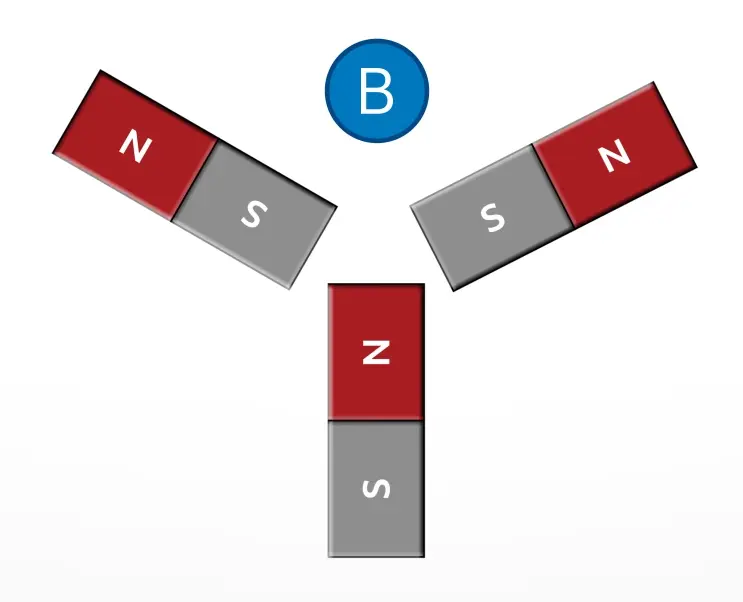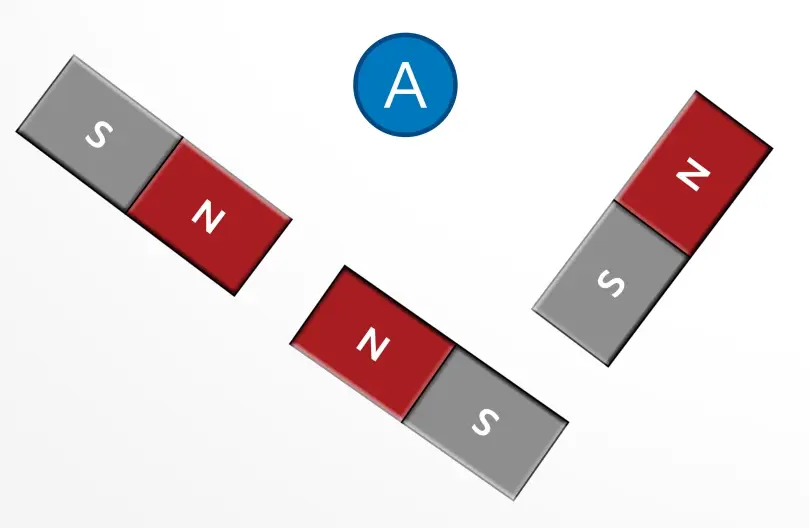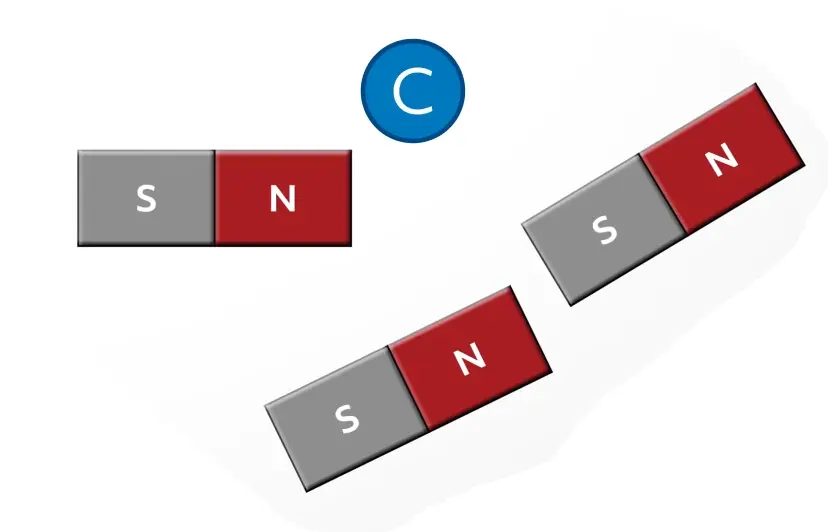
Magnetism is one area of physics that most people have firsthand experience with, since magnets are fairly common everyday objects. Today, we’ll be looking at different types of magnets and seeing just how magnetism works.
So, what are magnets exactly? Simply put, magnets are materials that have a magnetic field. The magnetic field of a magnet is invisible, but it does have a visible effect when it repels or attracts other magnets in its presence. An example I’m sure you’re familiar with is a refrigerator magnet. We know that both the magnet and the refrigerator door are magnetic and have a magnetic field because the magnet sticks to the refrigerator door.
Magnetic Fields and Polarity
Every magnet has a north and south pole. The north pole of one magnet and the south pole of a different magnet will experience an attractive magnetic force when they are near each other, while the north to north and south to south poles experience a repulsive force when they are near each other.
In order to describe magnetic fields, we draw magnetic field lines that come out of the north pole and reconnect to the magnet at the south pole.
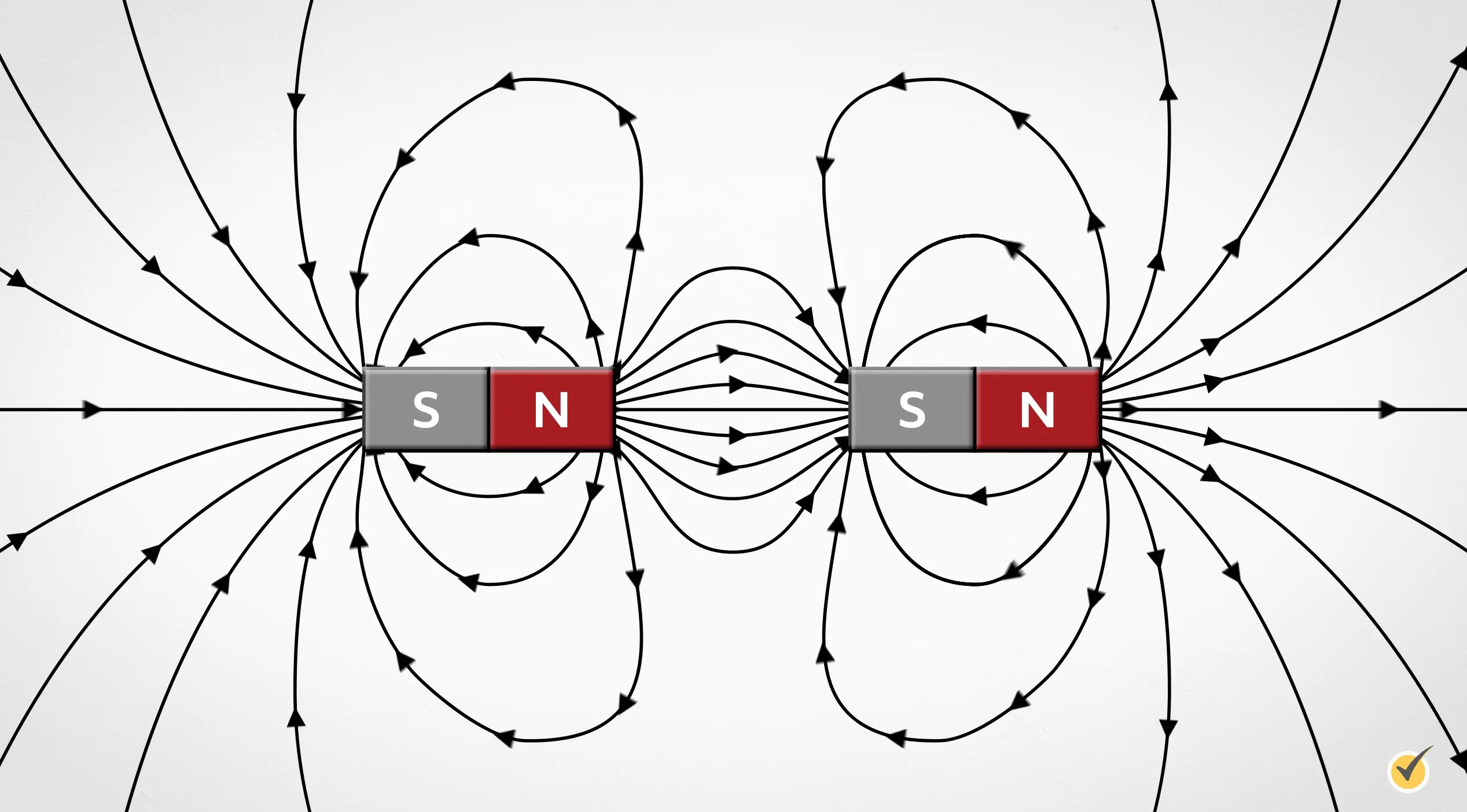
Magnetic field lines will never cross – they will either loop back around to the opposite pole of the same magnet or connect to another nearby magnet.
Technically, the field lines continue through the magnet, creating a closed loop. The denser these lines are, the stronger the magnetic field is in that spot. And, as you might expect, if the magnetic field is strong, the magnetic force is strong as well.
As a simple experiment, this concept can be visualized by sprinkling magnetic iron shavings around a magnet. The shavings will actually align themselves with the magnetic field! To make things even more interesting, you can add more magnets and see how the field lines change.
Electric Currents and Magnetism
It is important to note the relationship between magnetic fields and electric current. Moving charges create electric current and any time there is an electric current, there is also a magnetic field around it. The magnetic field disappears when the current is stopped.
On a much smaller scale, magnets actually consist of many tiny magnets. The electrons naturally have their own magnetic fields, because they are moving charges, even when bound in the orbitals around atoms. For most materials, the electron orbitals are arranged such that all the tiny fields created by the electrons cancel each other out. This results in no magnetic properties. However, in some materials, the magnetic fields of the electrons are not all cancelled out, which encourages neighboring atoms to line up with the field. If enough fields align, then all of those tiny magnetic fields add up to one big magnetic field, making the material magnetic. This state doesn’t often occur naturally, but it can.
In some materials, it is possible to align all of the tiny magnets and create a magnetic material. This occurs when the randomly oriented magnetic fields of electrons have the ability to change orientation. This property is referred to as ferromagnetism. Ferromagnetic materials are used to make artificial magnets, like those on your refrigerator. Rare earth metals, such as samarium and neodymium, exhibit this kind of behavior. In order to magnetize a material, it must be submerged in a strong external magnetic field. The magnetic fields of the electrons in the material will then align themselves with the external field and remain that way.
The ability of the ferromagnet to retain its magnetic ability depends on the material. Some artificial magnets are permanent, while others are only magnetic when they are exposed to another magnetic field. However, even “permanent” magnets will lose their imposed magnetic field at a certain high temperature, called the Curie temperature. Each type of magnetic material has a different Curie temperature.
Magnets can also occur naturally, although naturally occurring magnets are generally weaker than artificial magnets. The strongest natural magnet on Earth is magnetite, an iron oxide, also known as lodestone.
A few other naturally occurring magnetic materials are hematite and pyrrhotite, which are both relatively weak magnets.
Aside from minerals, the Earth itself actually has its own magnetic field and although it is weak, it protects us by deflecting certain dangerous particles from our atmosphere.
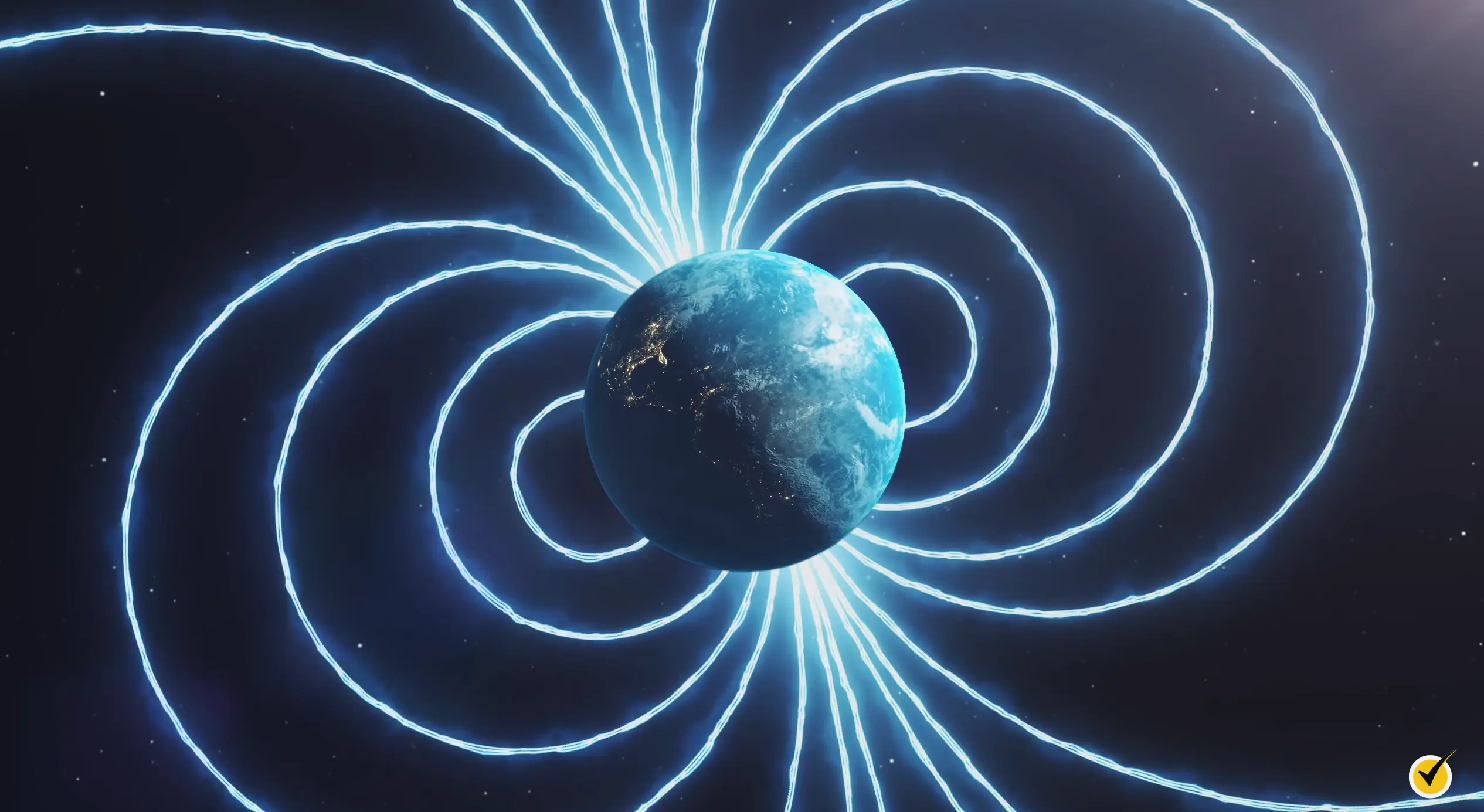
Although it is not intuitive, what we refer to as the North Pole is actually the south pole of Earth’s magnetic field and the geographic South is the north end of the magnet.
Now that we’ve learned all about magnets and how they work, let’s test your knowledge with some review questions!
Review Questions
1. How would you draw the field lines coming out of the north pole of Magnet A if it was put right in the middle of the north pole and south pole of Magnets B and C?
- Half of the lines coming from the Magnet A would connect to the north pole of Magnet B and the other half would connect to the south pole of Magnet C.
- The lines coming out of the north pole of Magnet A would all avoid the north pole of Magnet B as much as possible and connect with the south pole of Magnet C.
- The magnetic field lines in each magnet would still come out of the north pole and only connect to its own south pole, so all the three magnets lines would just cross each other.
2. Given the arrangement of magnets, which of the following would you expect to happen if the magnets are fixed at their midpoints, but freely able to rotate?
I hope this review was helpful! Thanks for watching, and happy studying!

